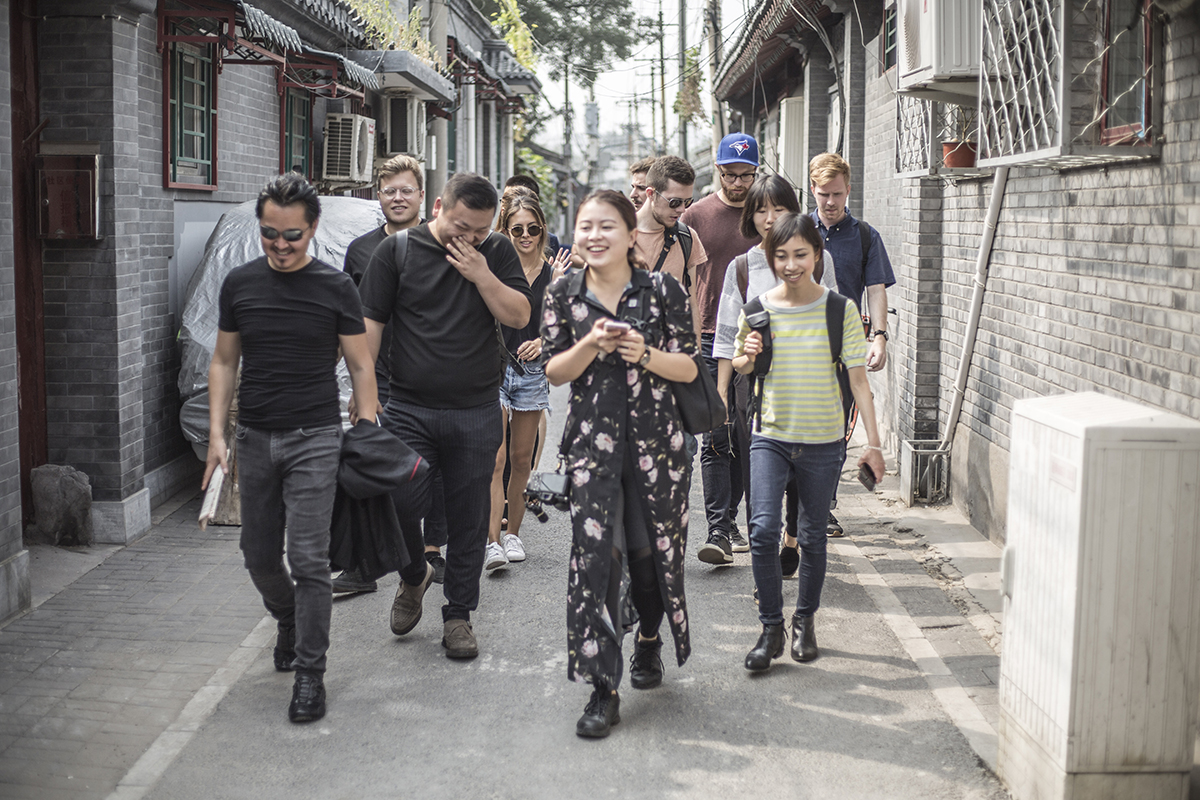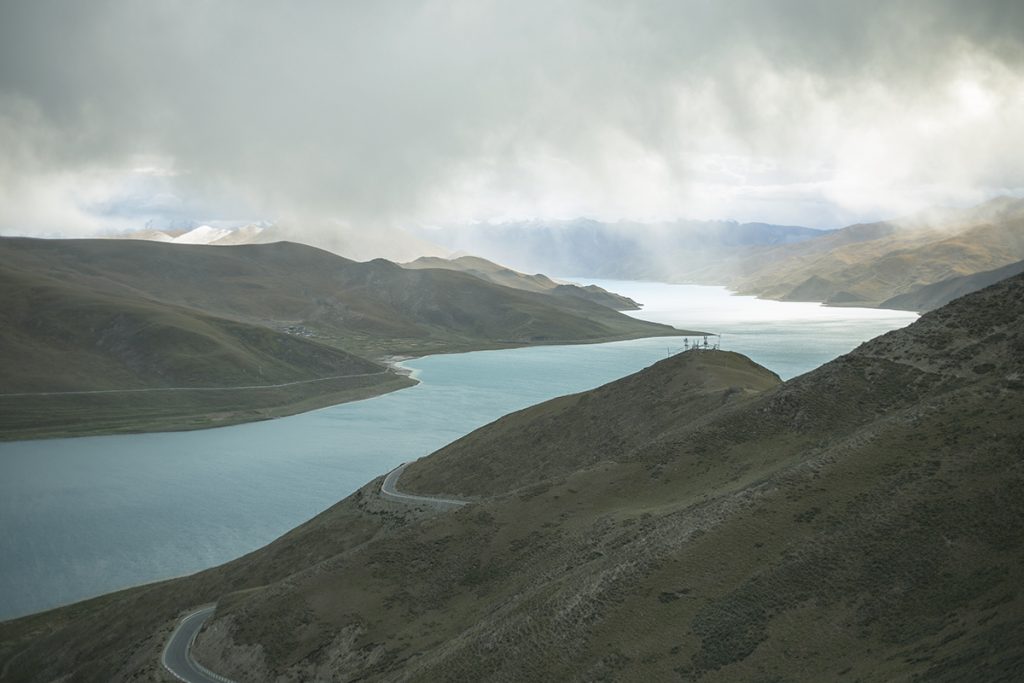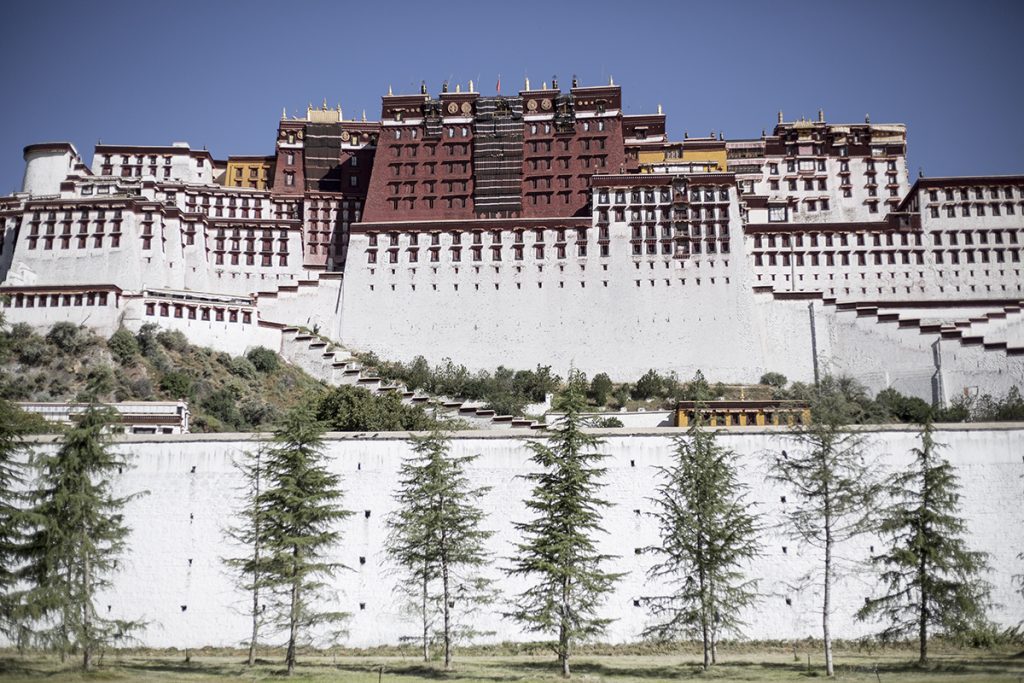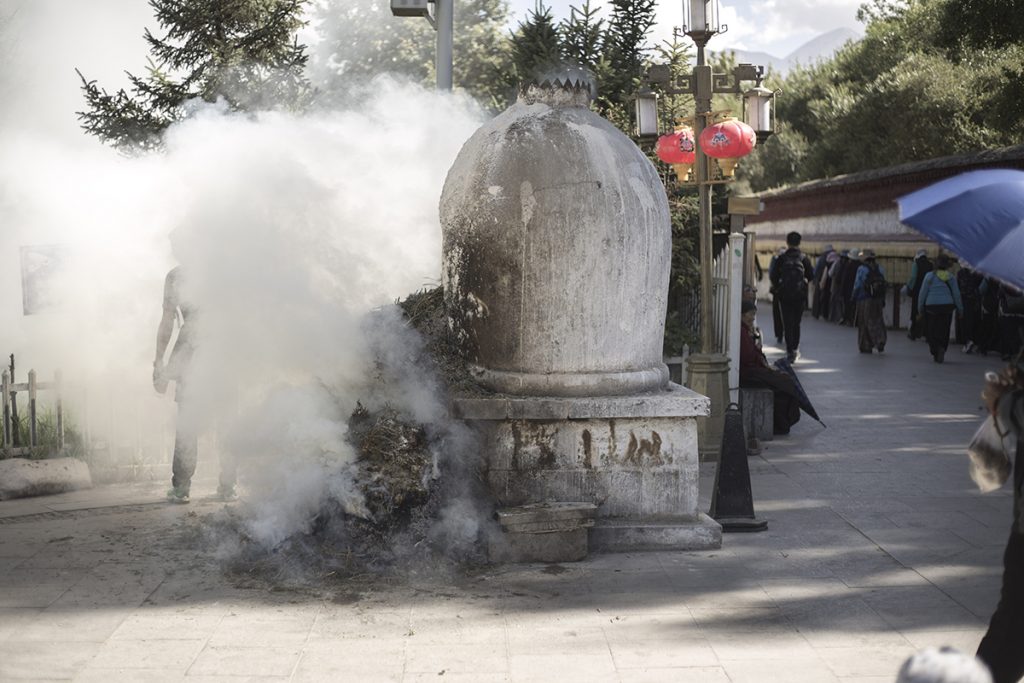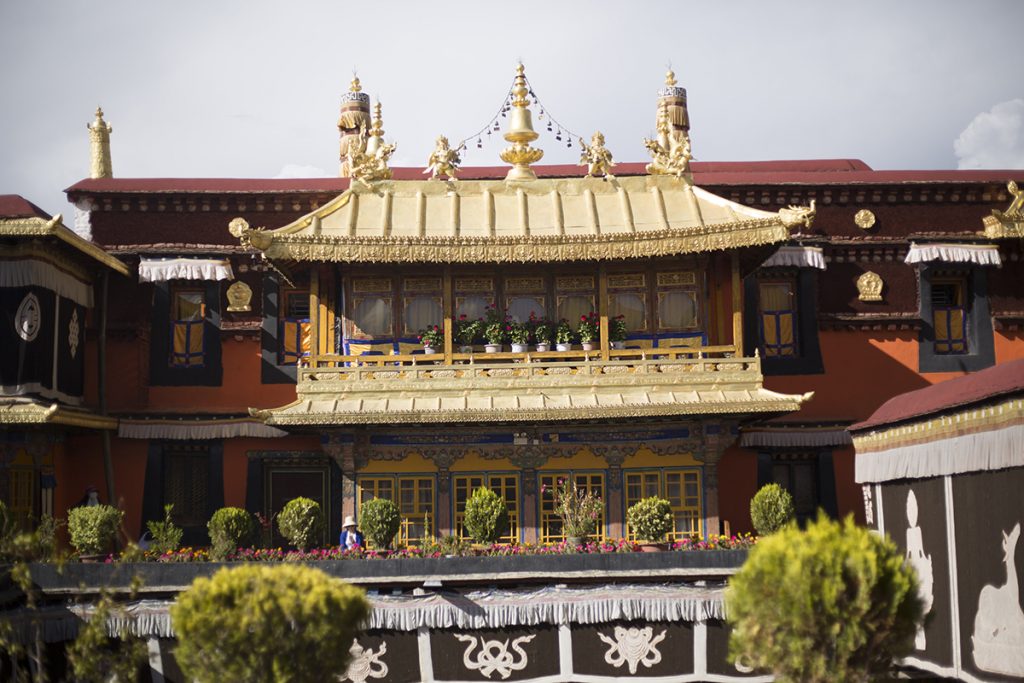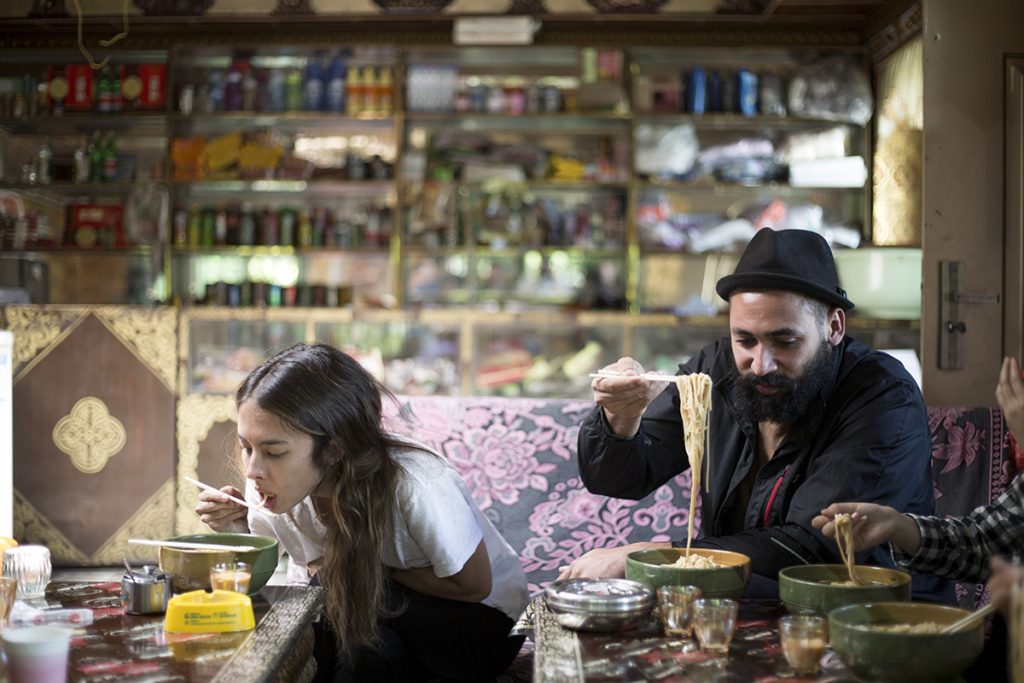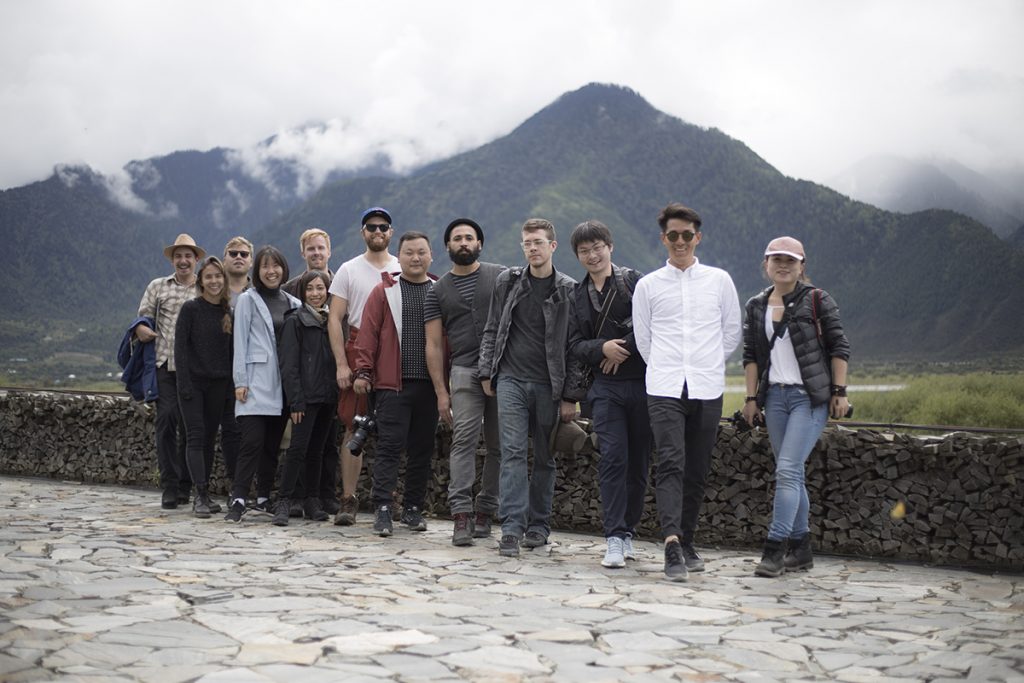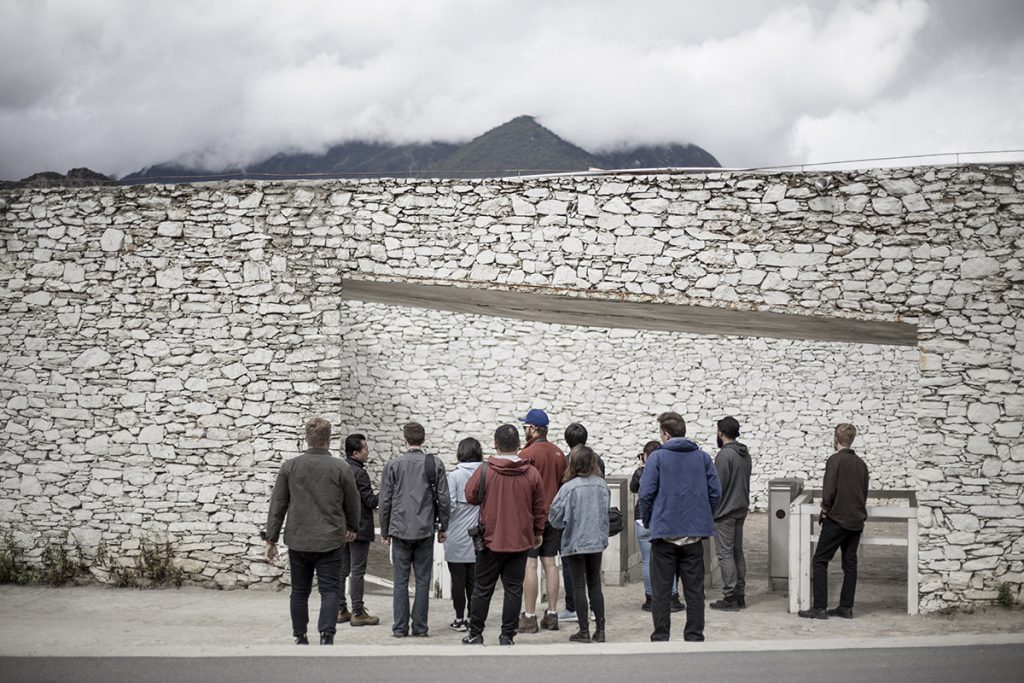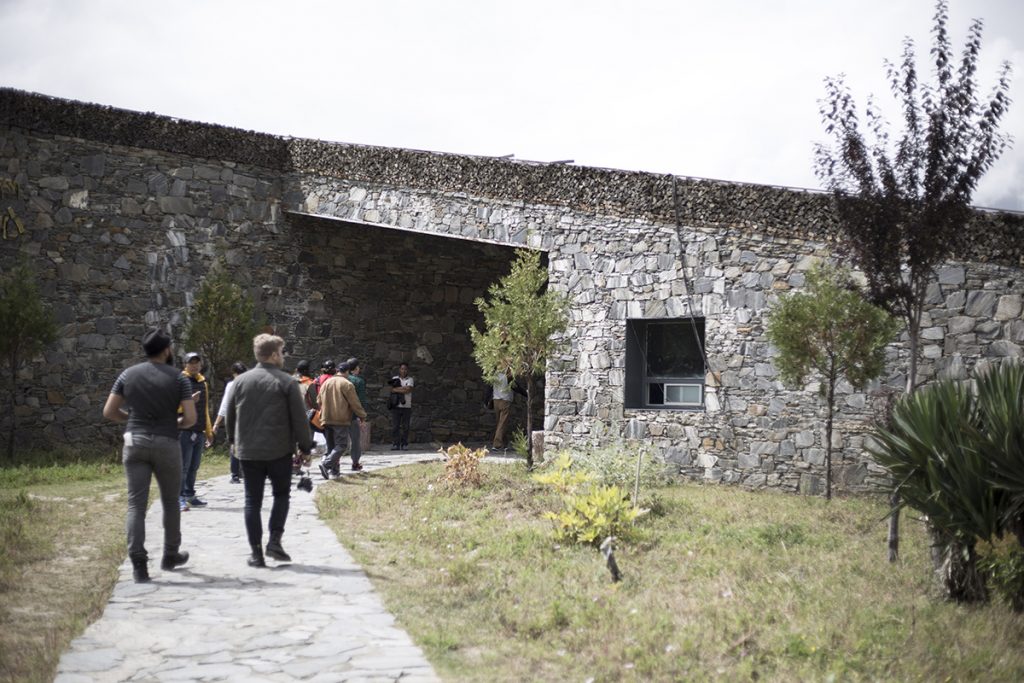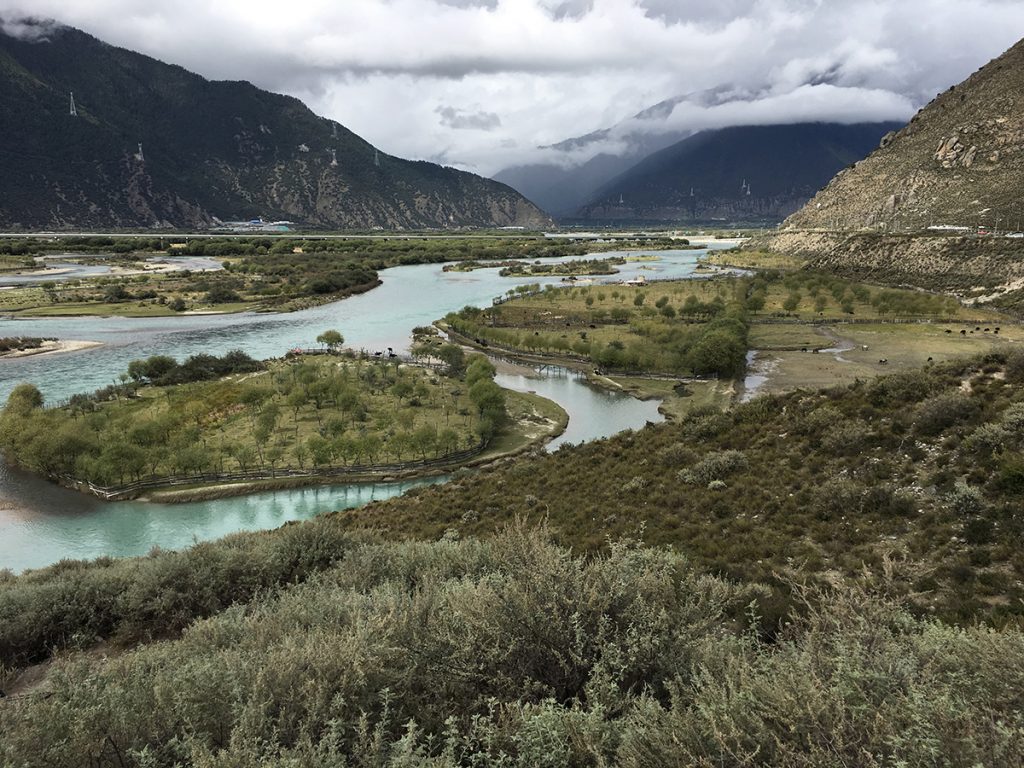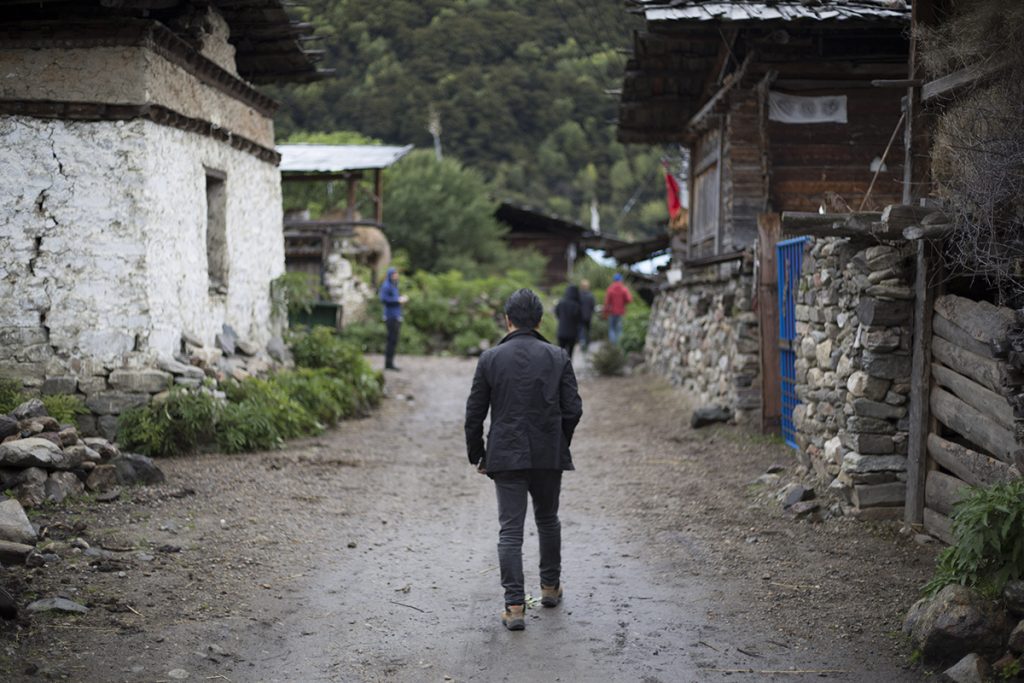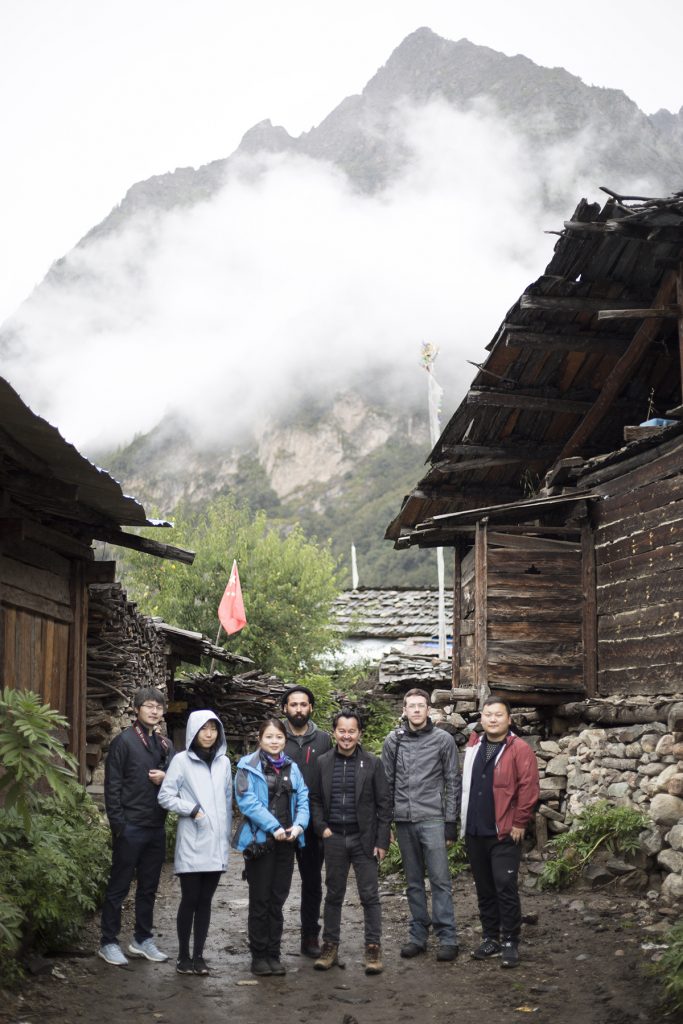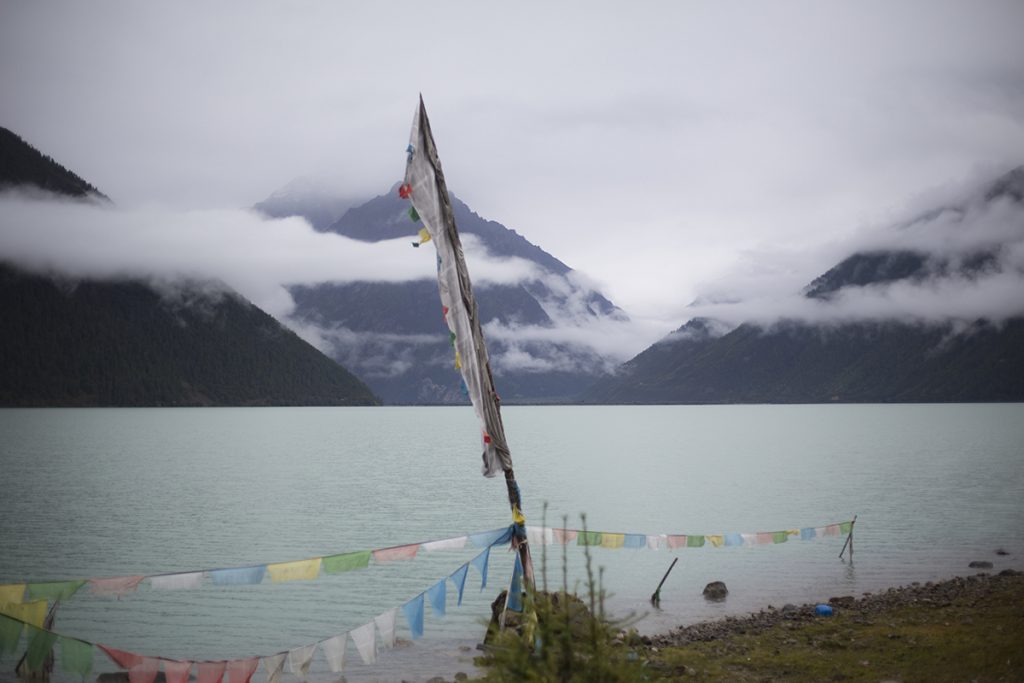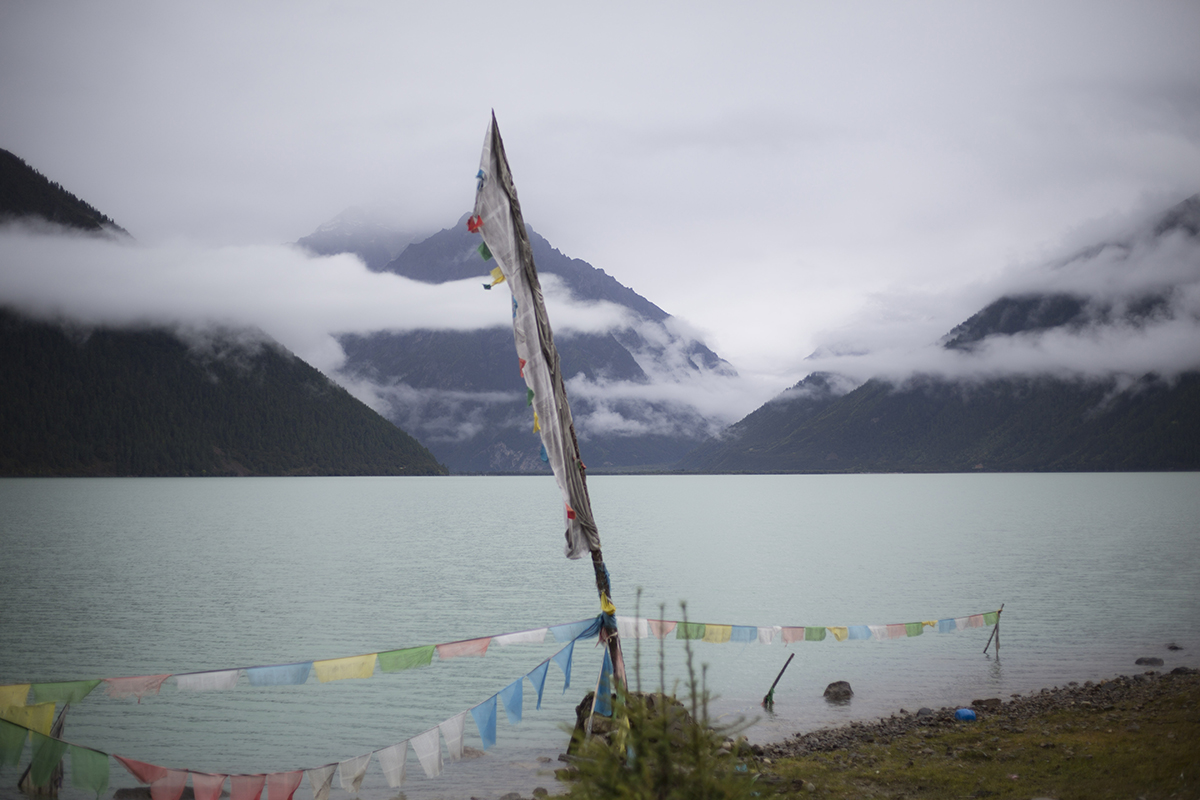Fall 2017 option studio “Tibet Contemporary: Building in the Himalayas,” led by visiting critic Zhang Ke (MArch ’98), confronted architecture’s role in a region steeped in tradition and full of natural beauty, yet facing mounting social-environmental pressures from increased urbanization and a rapidly expanded tourism market. Over the course of nine days in September 2017, the studio traveled to the cities of Beijing, Lhasa, and Nyingchi, visiting a range of architectural destinations—including some of Ke’s own work—and encountering some of the world’s most arresting natural landscapes. Third-year architecture student Morgan Starkey shares thoughts and highlights from the trip.
Text and photos by Morgan Starkey (MArch ’19)
In what is arguably the most dramatic, beautiful, and spiritual place on earth, what types of architectural interventions are not only appropriate but meaningfully add to the landscape and communities? This question is further complicated as we discover in Tibet a rare coherence between human settlement and nature, the simultaneous existence of the spiritual and everyday life, and perhaps most uniquely, a place where the humble and the sublime complement each other. Crisscrossing the Tibetan plateau by bus, boat, and plane, we were constantly confronted with the slow invasion of modernity into this timeless place. A deluge of new tourism threatens millennia of tradition but also brings new opportunities and resources to hundreds of small villages across the region. It is our task as designers to find a balance here, to manage these new flows of people and ideas through the built and unbuilt landscape. It became clear quite quickly that what we decide not to build as architects in a place like Tibet can be much more important than what we actually decide to erect.
